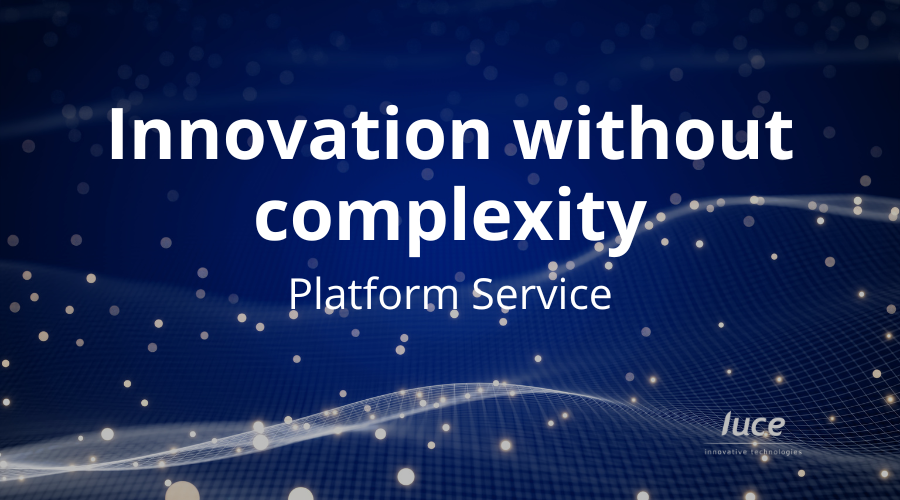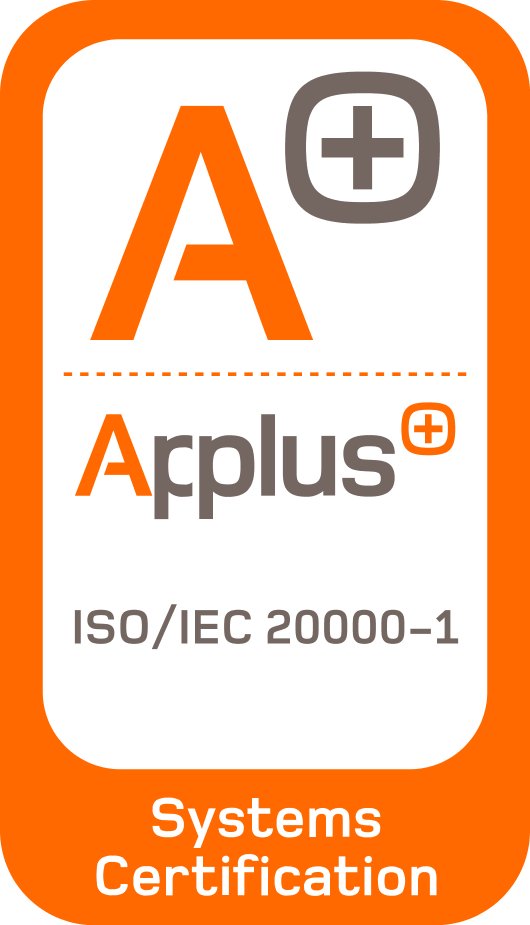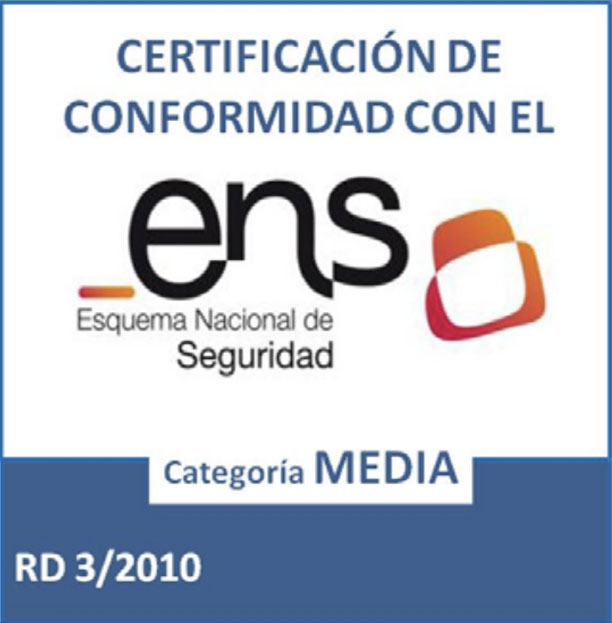
GitOps, a step beyond for continuous deployment in the cloud
The introduction of DevOps in many organisations was a cultural change; it was a new form of collaboration between development and operations teams that had never been seen before, but it was undoubtedly the best way forward to deliver value quickly, securely and reliably to customers and users.
The next level in the adoption of DevOps best practices is to use a GIT versioning system. This is called GitOps, a set of practices for managing application infrastructure and configurations using GIT (open source version control system) as the single source of truth for managing declarative application infrastructure and configurations.
How does GitOps work?
The code submitted verifies the CI process, while the CD process verifies and enforces requirements for aspects such as security, infrastructure as code or any other limits set for the application framework. All changes to the code are tracked, which facilitates updates and at the same time provides version control in case a rollback is needed.
GitOps provides:
- A standard workflow for application development.
- Increased security for establishing application requirements upfront
- Improved reliability with visibility and version control through Git
- Consistency across any cluster, any cloud and any on-premises environment
Many other tools can be used together to build a GitOps framework. For example, git repositories, Kubernetes, continuous integration/continuous delivery (CI/CD) tools and configuration management tools.
Why GitOps?
GitOps takes the philosophies and approaches promised to those who invest in a DevOps culture and provides a framework to start getting results. Organisations that practice DevOps see significant improvements in the rate of application and code innovation as well as stability, according to the annual State of DevOps report.
Using the same Git-based workflows that developers are familiar with, GitOps extends existing processes from application development through deployment, application lifecycle management and infrastructure configuration. Every change throughout the application lifecycle is tracked in the Git repository and is auditable. Making changes through Git means developers can finally do what they want: code at their own pace without waiting for operations teams to allocate or approve resources.
For operations teams, visibility into change means the ability to track and reproduce issues quickly, improving overall security. With an up-to-date audit trail, organisations can reduce the risk of unwanted changes and correct them before they go into production.
These code changes from development to production make organisations more agile in responding to changes in the business and competitive landscape.
Benefits of implementing GitOps
The main benefits of implementing GitOps are:
- Fast, reliable and simple implementations.
- Greater version control and early detection of any deviation.
- Allows a quick turnaround in the event of any unforeseen event.
- Generates an audit trail of your executions.
Do you want to know how to implement the GitOps philosophy in your organisation?
Contact the Luce Innovative Technologies team and we will help you to find out how we can help you solve your technological challenges successfully.
Luce IT, always adding value
“We believe that technology and data could change the world”
The history of Luce is a story of challenges and nonconformity, always solving value challenges using technology and data to accelerate digital transformation in society through our clients.
We have a unique way of doing consulting and projects within a collegial environment creating “Flow” between learning, innovation and proactive project execution.
In Luce we will be the best offering multidisciplinary technological knowledge, through our chapters, generating value in each iteration with our clients, delivering quality and offering capacity and scalability so they can grow with us.









